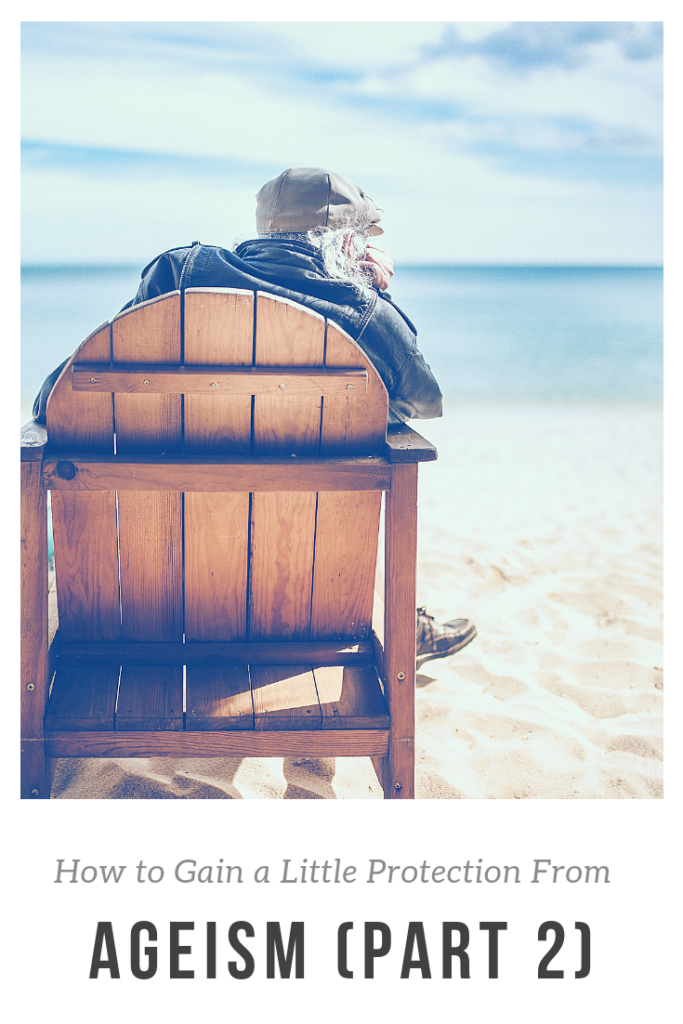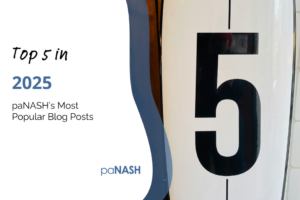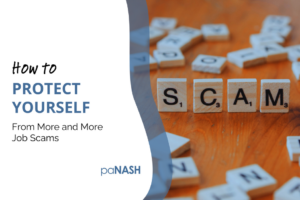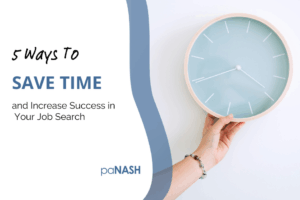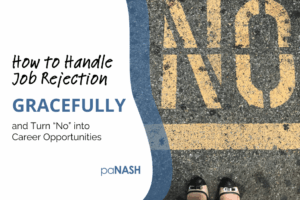|
|
In last week’s Part 1 post, I talked about the unfortunate reality of ageism that still occurs in the hiring process. I also talked about several things you can avoid on your resume to reduce your risk of age discrimination and increase your chances of landing an interview.
This week I want to share several ways to reduce your risk via your LinkedIn profile.
What to Include on Your LinkedIn Profile
Your LinkedIn profile doesn’t have to, and nor should it, be just a repeat of your resume. There are several things you can include on a LinkedIn profile you can’t include on a resume. Do the following suggestions and you’ll convey the spark and energy you still have to offer an employer.
1. Talk about your future goals and show some personality!
Your resume only allows you to discuss your past work experience. But your LinkedIn profile also allows you to share your future professional goals. Your headline and summary section are the perfect places to do this.
Sharing your goals shows you still have a lot left to accomplish in your career and a lot to offer a company.
Your LinkedIn profile also allows you to show a little personality since you can use wording that paints a picture. Be yourself by including your passions, personal mission statement, and hobbies. Just make sure you remain professional in your descriptions.
While you should never write in first person on your resume, it’s better to write in first person on LinkedIn (at least in the summary) to be a little more personable. And so it doesn’t sound like you had someone else write it for you.
The LinkedIn profile is where readers of your resume go to learn more about you. Give them something more than just what’s on your resume!
2. Include the current buzz-words of your industry.
Sprinkle your industry’s current buzzwords throughout your descriptions in your summary and experience sections.
Not only will this make you appear up-to-date on the latest industry trends, it will also make you more searchable when recruiters do a keyword search on those terms. Your profile will likely pop up in their search results.
3. Share trending articles about trending ideas in your industry.
In addition to including your industry’s buzzwords in your profile, you can also show you’re up on the latest trends by posting articles about the current and future issues facing your industry.
You’ll not only want to post these articles in the general news feed, but also in the relevant groups where your industry’s recruiters are likely to be a member.
4. Join the right groups.
Speaking of LinkedIn groups, you want to make sure you join the right groups!
Recruiters can go to your profile and see which groups you’re in, so you’ll want to stay away from any groups with the words “mid-career” or “mid-life” in their name.
You’ll want to join more industry-related groups than you would job search groups. Being a member of a bunch of job search groups will scream desperation.
Instead, join the groups of the industry you’re in (or trying to transition to) since these groups often announce job openings within the industry. (To see jobs in groups, go to a group’s page and click on the “Jobs” tab to the right of the “Conversations” tab.)
This saves you time from having to sift through any job announcements you may not be interested in.
5. Include your updated skills.
Include your new skills, programs, platforms, and technologies you’ve been learning on your own time. (See #5 in Part 1.)
6. Include online courses.
LinkedIn offers a lot of online courses. So do MOOC (massive open online courses) sites like Coursera. These are great places to learn new methodologies and technologies in an affordable way. And many courses give you a badge to add to your LinkedIn profile once you’ve successfully completed them.
Listing these courses on your profile shows you’re constantly learning new things, you know how to use current technology, and you’re staying abreast of the latest knowledge.
7. Decide if you should include your photo or not.
If you look young for your age, or you have a photo from a few years ago that’s not obviously out-of-date (i.e. you’re not wearing out-of-style glasses frames), then definitely include it on your LinkedIn profile.
If you feel like you may be at risk of age discrimination based on your photo, you may decide not to include one. But you should know recruiters are also wary of profiles without a photo. In this case, you’ll need to decide for yourself which risk you’re willing to take.
Conclusion
You’ll never be able to completely eliminate your risk of ageism. But, by following the above suggestions, you’ll at least reduce your risk and increase your chances of getting an interview.
When you do land the interview, you’ll want to walk in with confidence and wow them with your competitive advantages by addressing their pain points and showing how you can be a problem solver for them.
To learn how, purchase my on-demand course Steps to Acing the Interview and Reducing Your Interview Anxiety.
